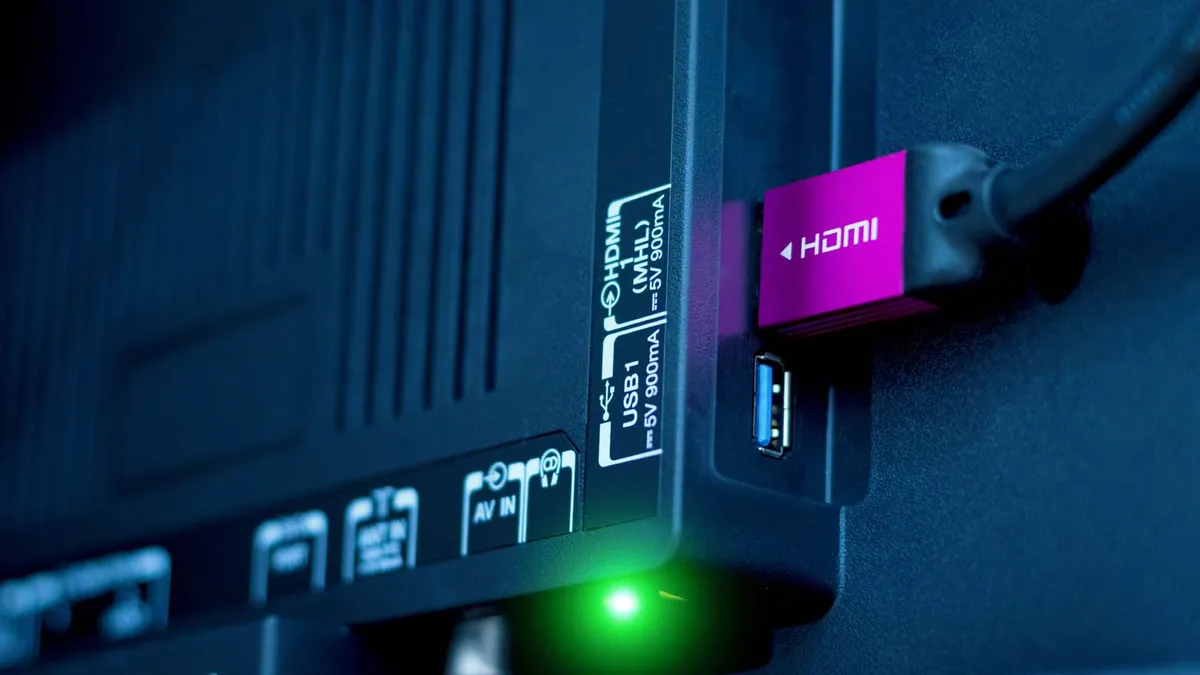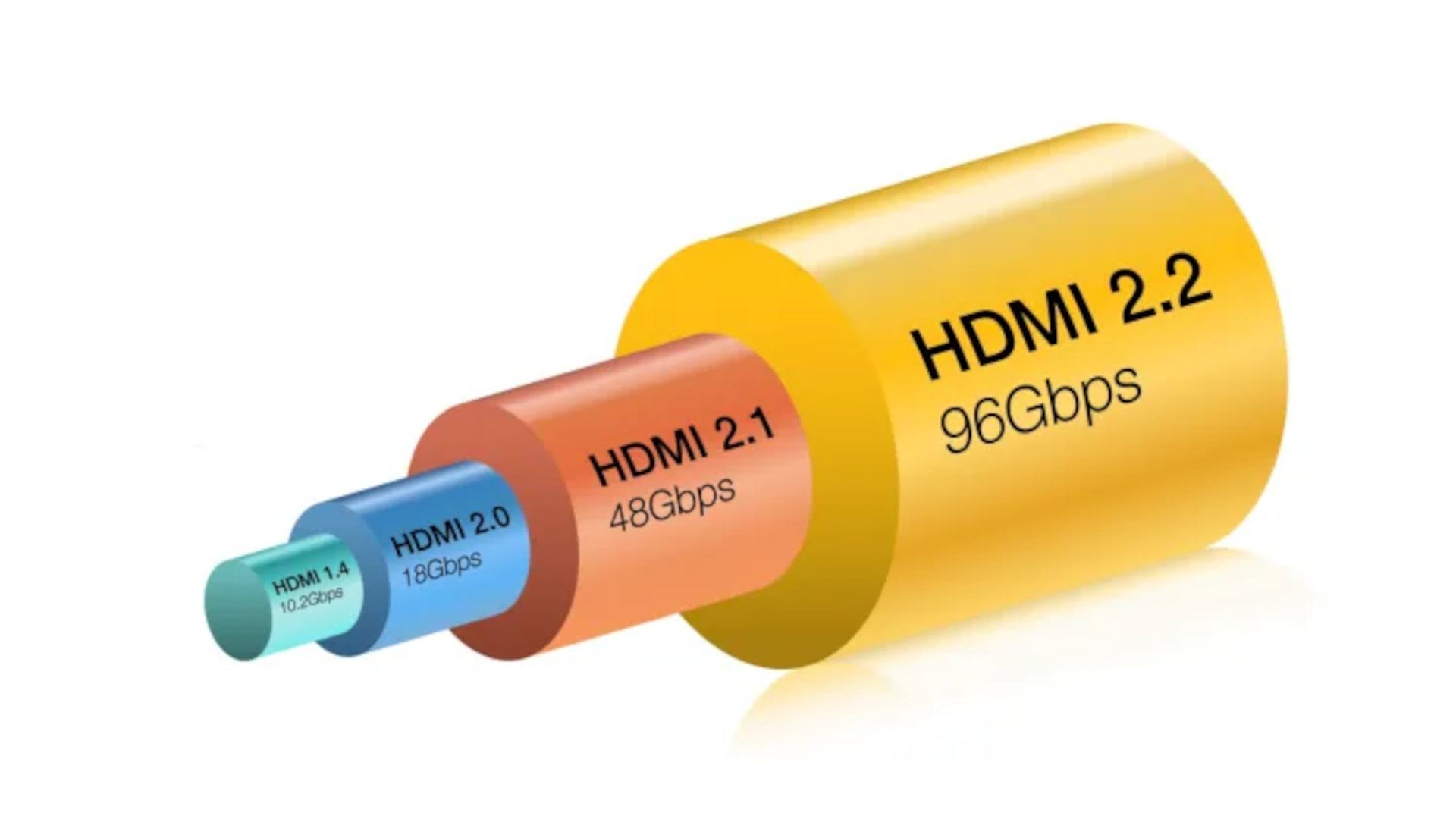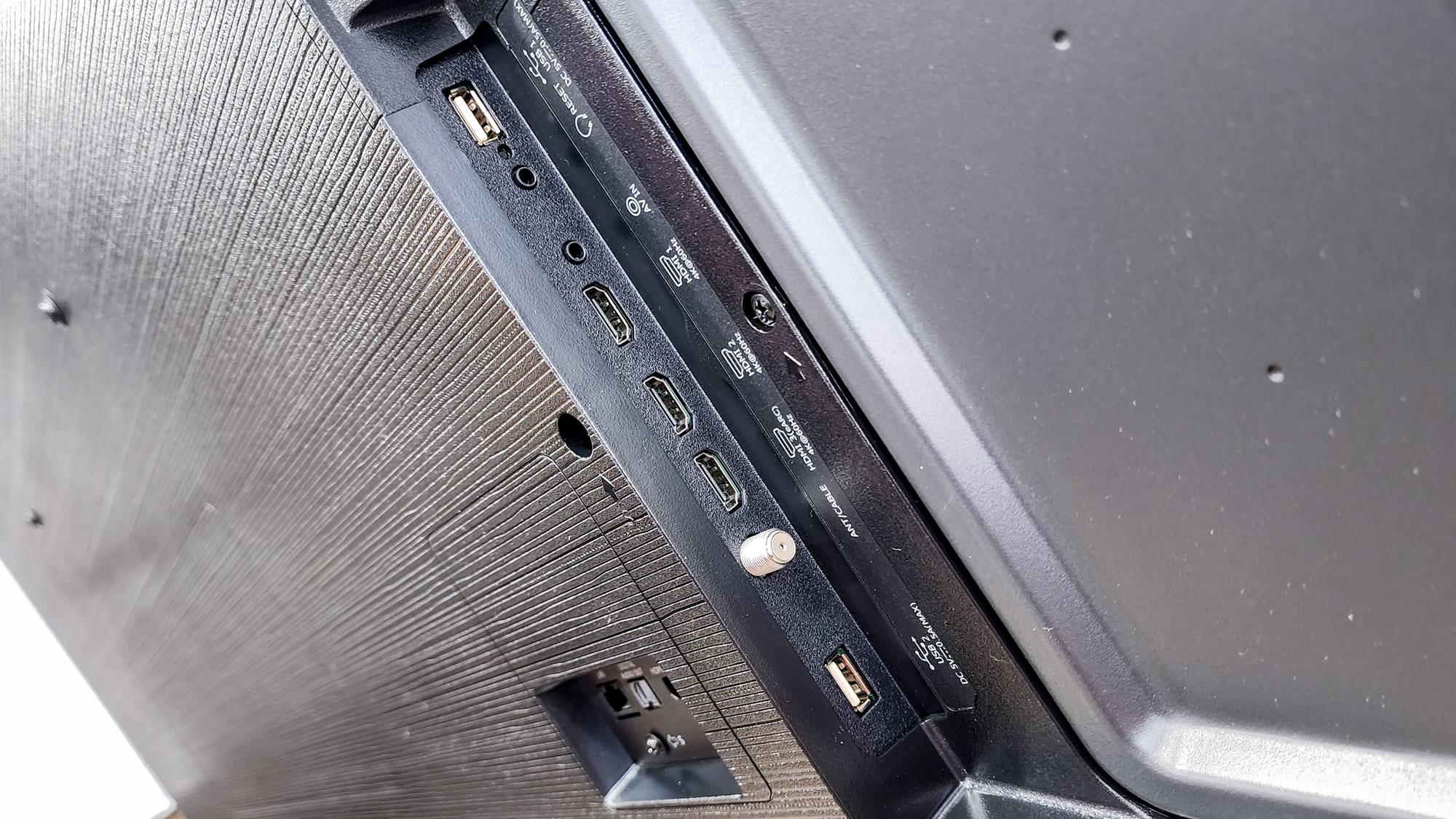Is this the beginning of the end of HDMI? Here’s what you need to know about GPMI
Hisense and TCL are teaming up to offer an alternative to HDMI

I’ve connected and disconnected hundreds of HDMI cables in my time, but I must admit that I’ve never truly considered a post-HDMI world — until now.
As reported by FlatpanelsHD, over 50 Chinese companies including Hisense and TCL have joined forces to back an HDMI alternative called GPMI (General Purpose Media Interface). The group seeks to combine high-bandwidth audio, video, data and power into a single cable.
To understand why this is potentially a big deal for both the TV business and your living room, let’s start with what makes GPMI so intriguing.
What’s the difference between HDMI and GPMI?
While the current top-shelf specification for TVs, HDMI 2.1, supports a bandwidth of 48Gbps, GPMI supports a bandwidth of up to 192Gbps — a major upgrade over what you’ll find on the best TVs on the market.
There are two types of GPMI cables: USB-C and a new, proprietary “Type-B” cable. The former supports a bandwidth of 96Gbps while the Type-B cable goes all the way up to 192Gbps.
The added bandwidth opens up a world of possibilities for 8K content, higher framerates for 4K gaming and more.

If you follow industry news, you might have heard an announcement at CES 2025 about the imminent rollout of HDMI 2.2, a spec that also offers 96Gbps. But while HDMI 2.2 — which arrives later this year — will similarly allow for 4K content at up to 480Hz and 12K content at 120Hz, there’s one feature that GPMI has over HDMI 2.2: power delivery.
Sign up to get the BEST of Tom's Guide direct to your inbox.
Get instant access to breaking news, the hottest reviews, great deals and helpful tips.
GPMI Type-C and Type-B deliver up to 240W and 480W depending on the type, which makes for a single, simplified cable experience.
If you squint, you just might be able to see the industry leaving HDMI behind for something more convenient.
When will GPMI arrive on TVs?
Don’t worry about replacing your cables just yet.
For now, a specific timetable for GPMI’s commercialization hasn’t been announced. According to the report, the group is planning to prioritize “home entertainment devices,” which includes TVs. However, given the nature of the industry, we’re likely years away from seeing this rollout take shape.

In fact, we’ll sooner see a formal implementation of the next HDMI standard before GPMI makes its debut on TVs.
For one thing, LG, Samsung and Sony haven’t committed to the rival spec, and these brands’ TVs make up a major portion of the market share.
In order for GPMI to fit into your living room setup, your preferred devices — consoles or streaming boxes, for instance — would have to make the switch, too.
I suppose it’s not outside the realm of possibility that TVs could offer both HDMI and GPMI. The technology is clearly packed with potential, and if it makes sense for consumers, there’s a good chance it will make sense for TV brands, too.
More From Tom's Guide

Michael Desjardin is a Senior Editor for TVs at Tom's Guide. He's been testing and tinkering with TVs professionally for over a decade, previously for Reviewed and USA Today. Michael graduated from Emerson College where he studied media production and screenwriting. He loves cooking, zoning out to ambient music, and getting way too invested in the Red Sox. He considers himself living proof that TV doesn't necessarily rot your brain.
You must confirm your public display name before commenting
Please logout and then login again, you will then be prompted to enter your display name.
